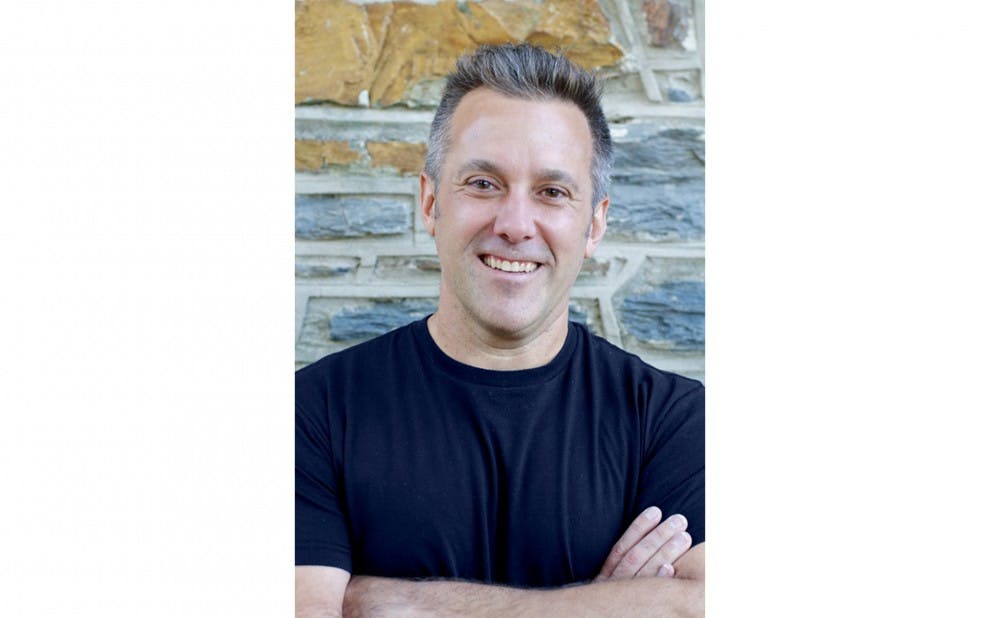A new study shows that the gap in median earnings between black and white men in the United States has risen—to what it was more than 60 years ago.
The incomes of African Americans in the upper level of the earnings distribution have converged to those of their white counterparts, the study found. However, the gap in median earnings between black and white men has increased in the past several decades, and is now back at 1950 levels. Duke economist Patrick Bayer co-authored the study with Kerwin Kofi Charles, interim dean at the University of Chicago's Harris School of Public Policy.
“It’s astounding that, in terms of economic rank, a black man in the middle of his economic distribution is no closer to his white counterpart in terms of earnings than was his grandfather,” Charles said.
As to the reason behind the large earnings gap, Charles explained that increased educational attainment by black men has been matched and even exceeded by white men. Bayer noted in an email that the research finding shows a “renewed need to address the substantial racial inequality that persists in the country."
Bayer argued their analysis points to two broad ways of reducing racial inequality in the earnings gap. The first is to directly address racial differences in skills and opportunities—by increasing job opportunities in historically black cities and neighborhoods and reducing racial discrimination in the labor market.
The second way would be to focus on the general labor market conditions for the poor in the economy, for whom earnings have been stagnant and work has been harder to acquire.
"Because of remaining racial differences in education and school quality, black men are over-represented in this part of the labor market," Bayer wrote. "And so [they] have been especially hard hit by the collapse of the less skilled part of the economy, especially in the Great Recession."
Charles said several aspects of the study make it particularly innovative.
“Firstly, we take very seriously into account the idea of zeros—that is, people who do not work at all," he said. "A lot of past research on labor-market gaps have focused on black-white and male-female differences in wages, which by definition ignore people that don’t work."
The duo also expanded how it measured inequality. For example, Charles and Bayer focused not only on median earnings gaps but also gaps at various percentiles of the distribution—to understand how changes among top earners differ from those in the middle.
Analyzing regional trends and exploring how geography plays a role in driving racial labor-market differences could be a future course of study, as could looking at the earning differences between black and white women.
“I am hopeful that information about the median earnings gap might have some effect on the policy debate, which is the most an academic can hope for," Charles said. "My hope is that it will affect scholarship and thinking about what the state of black relative economic performance is."
Get The Chronicle straight to your inbox
Signup for our weekly newsletter. Cancel at any time.

